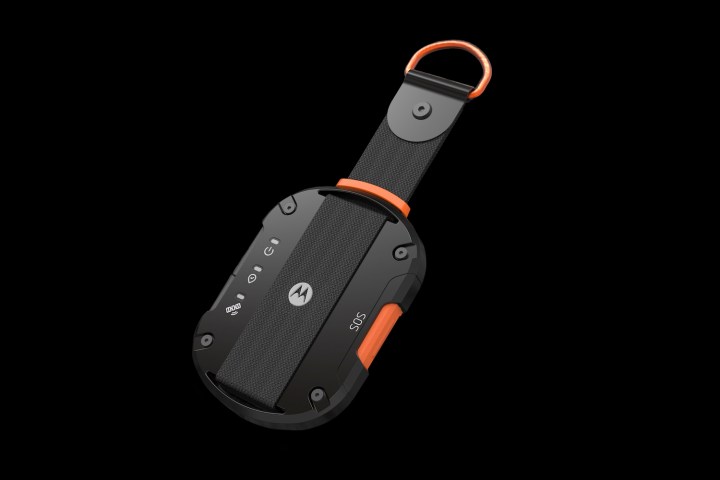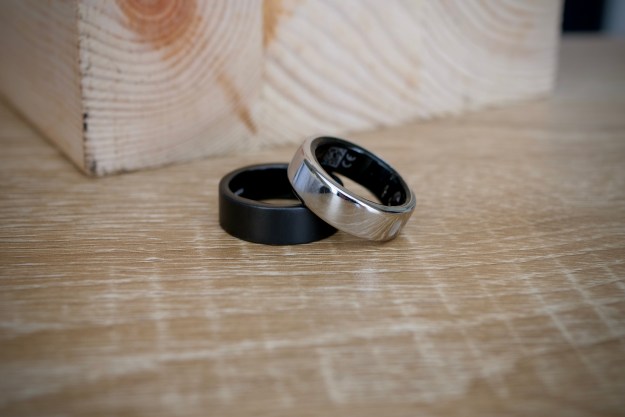Motorola is bringing the benefits of satellite communication to almost any phone with the Motorola Defy Satellite Link. The rugged dongle connects using Bluetooth to your Android phone or iPhone. And through the use of a special app, it adds the ability to send and receive messages — or call for help in an emergency — when your phone is out of cellular service.
Satellite communication is one of the hottest mobile trends, with Apple adding it to the iPhone 14 series and Qualcomm announcing its own Snapdragon Satellite service recently. The new Motorola Defy Satellite Link is the product of three companies coming together to make this special feature more accessible.

The Motorola Defy Satellite Link has been made under license by the Bullitt Group, which is also producing the Motorola Defy 2 and Cat S75 phones with satellite connectivity. Inside is the MediaTek MT6825 chipset, which performs the satellite connection. The Bullitt Satellite Messenger app is all that’s needed on your phone to make use of the dongle and its special ability.
Once connected, the Defy Satellite Link sends and receives messages, shares your location, and lets you communicate with an emergency service in case of an accident. It does all this even when there’s no cellular service, making it very useful for anyone hiking or adventuring, workers in remote areas, or even for people who happen to live somewhere with poor network coverage.
As tough as it is useful

Because it’s best-suited to those who may be out in the wilderness, the Defy Satellite Link is a tough piece of tech. It has an IP68 water and dust resistance, and has been built to meet MIL-Spec 810H toughness standards, yet only weighs 70 grams and is 11mm thick. The device is no larger than the palm of your hand, so it’s not going to get in the way, and it even has a fabric strap and metal loop to attach it to your bag or a lanyard.
There’s no screen, so the 600mAh battery should keep it powered up for several days. Plus, it has its own GPS, so you can share your location easily even when it’s not paired to a smartphone. The Bullitt Satellite Messenger can be used to contact an emergency service, provided by FocusPoint International, so you can get help if it’s needed. And there’s no need to change your current phone. The only requirement is it needs to run at least iOS 14 or Android 10.
The Motorola Defy Satellite Link will be available starting in April, and it costs $99 or 99 British pounds. The Bullitt Satellite Messenger app requires a subscription to use, which starts at $5 per month and includes access to the SOS emergency service. Anyone replying to a message over a normal cellular or Wi-Fi connection can do so for free. There’s also a good value bundle with the dongle and a year’s subscription to the basic messaging and emergency plan for $149, or 149 pounds.
The Motorola Defy Satellite Link joins the Cat S75 and Motorola Defy 2 smartphones with satellite connectivity, and is part of Bullitt and MediaTek’s big plans to make messaging without cell service more accessible and more useful to everyone.
Editors' Recommendations
- I tried a lifesaving gadget that’s going to transform your phone
- Digital Trends’ Top Tech of MWC 2023 Awards
- How two companies are using satellites to change how you text
- CES 2023: This Android phone can send satellite text messages to your iPhone





